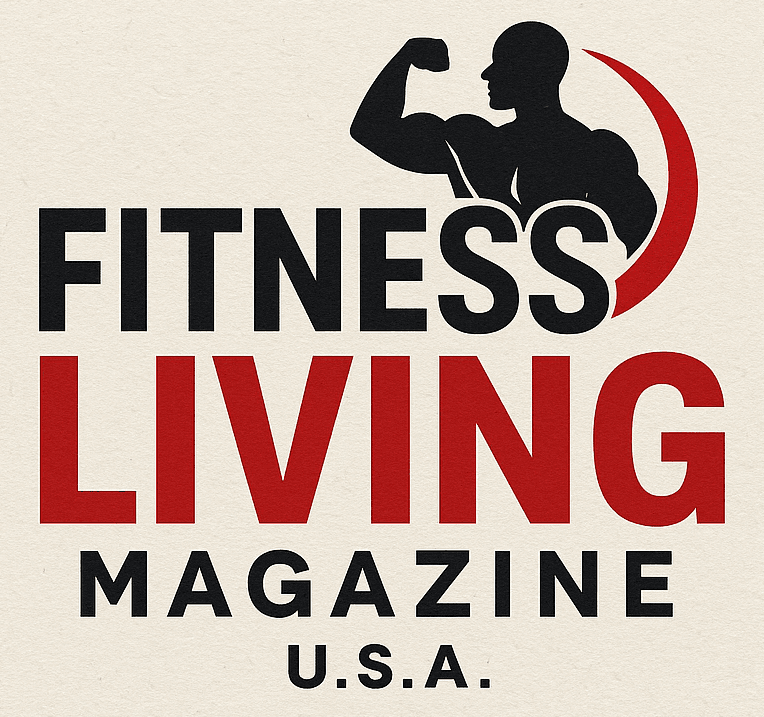
Unlock the Power of Dumbbells: A Beginner’s Guide
If picking up a pair of dumbbells has ever left you feeling lost, fear not! Whether you’re a novice looking to strengthen your physique or building muscle is your goal, a well-organized dumbbell workout can set you on the right path to fitness.
Dumbbell workouts have emerged as one of the most accessible and effective fitness tools available today, beloved by everyone from hobbyists to serious athletes. Not only are they versatile and affordable, but they also allow users to enhance stability and balance—all essential components of a solid fitness regimen.
Why Choose Dumbbell Workouts?
As outlined in fitness resources such as Nerd Fitness, PureGym, and Peloton, dumbbells present a multitude of advantages. They are particularly advantageous for beginners because they:
Allow for greater range of motion, promoting joint health.
Facilitate unilateral movements to correct muscle imbalances.
Accommodate various workouts that target different muscle groups.
Continue to challenge the user as they grow stronger, preventing workout monotony.
Your Beginner Dumbbell Workout Plan
Ready to dive into a structured routine? Here’s a simple yet effective beginner dumbbell workout you can do at home or in the gym:
Goblet Squats: 3 sets of 8–12 reps
One-Arm Dumbbell Rows: 3 sets of 8–12 reps per arm
Dumbbell Floor Presses: 3 sets of 8–12 reps
Keep in mind, it's essential to focus on form and control instead of rushing through the sets. Rest for 60–90 seconds between each set to allow your muscles adequate time to recover, ensuring that your workout remains effective.
Expanding Your Dumbbell Arsenal
Once you master the basics, you may want to challenge yourself further. The following exercises, categorized by muscle groups, can help add depth to your routine:
Lower Body
Front Squats
Lunges
Stagger Stance Deadlift
Upper Body Pull
One-Arm Rows
Dumbbell Pullovers
Dumbbell Reverse Fly
Upper Body Push
Overhead Press
Chest Flyes
Incline Chest Press
Addressing Common Dumbbell Questions
As you embark on your strength training journey, you may have some questions. For example, if you only have one set of dumbbells, don’t fret! You can still make gains by adjusting the weight and increasing repetitions as you feel stronger over time.
Before you start a workout, remember to warm up properly—this can include dynamic stretches and bodyweight movements. These not only prepare your muscles but also aid in preventing injuries.
Building Community Through Fitness
Fitness is not just about individual gain; it's also about community. As a gym owner or fitness trainer, consider incorporating these beginner dumbbell workouts into your classes or personal training offerings to empower your clients. Everyone, regardless of skill level, deserves a chance to grow stronger in a supportive environment.
Take the First Step Towards Strength
If you're ready to start your dumbbell journey, download the Beginner Dumbbell Workout PDF to help you track your progress. Join the movement toward a healthier and stronger you today!
 Add Row
Add Row  Add
Add 



Write A Comment